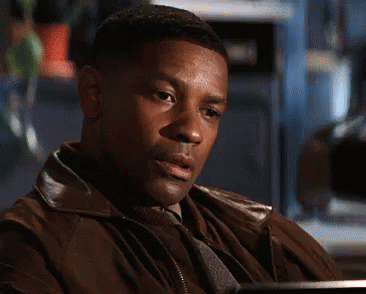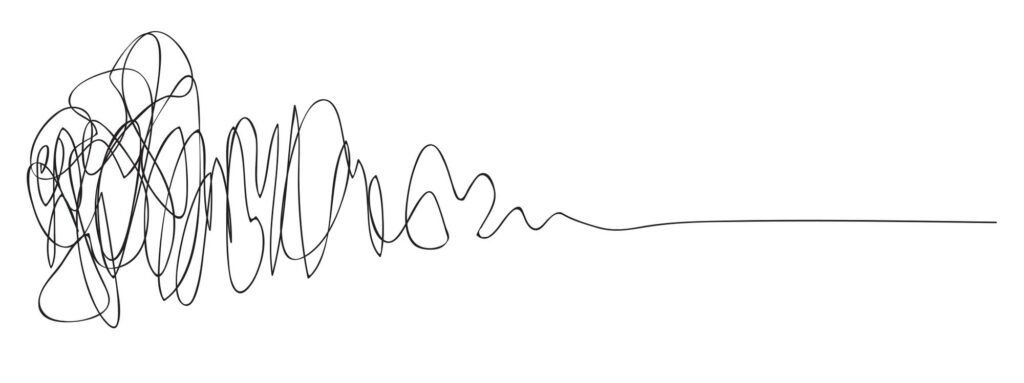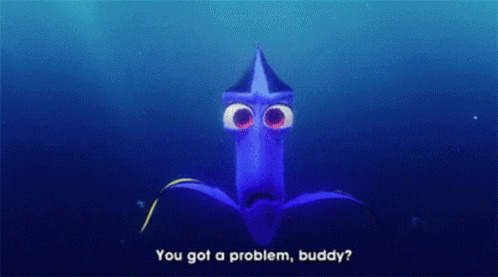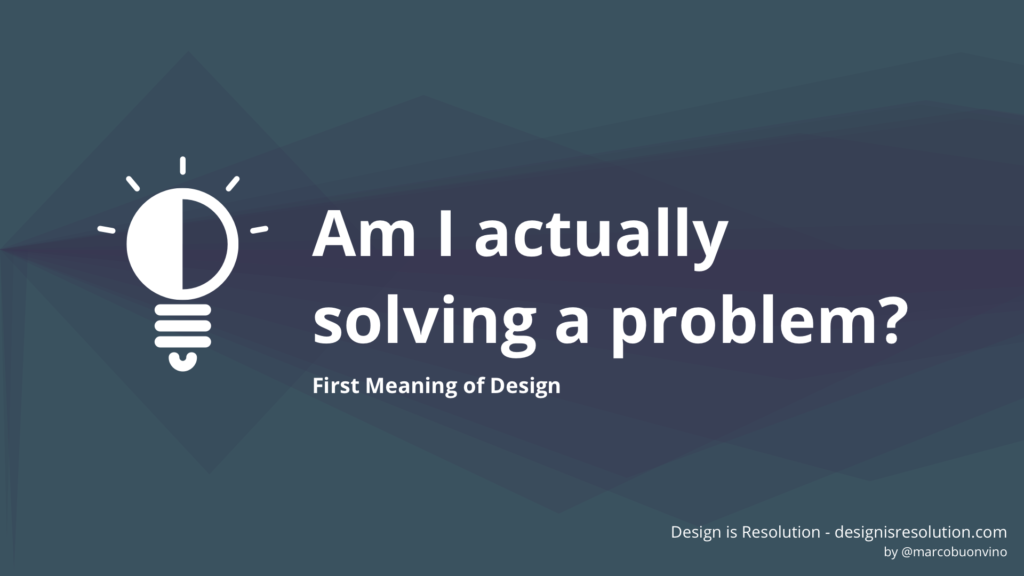
The First Meaning of Design is to find solutions for problems.
Have you ever thought about what a problem is?
After spending some time trying to solve them, I realized how much problems are things that are deeply centred on people.
They may be a pain point or an action that is impossible to complete. In most cases, they are at the very heart of people. Overcoming a problem may determine a happy moment in their day or it may even be a major relief in their life.

A problem is the quintessential reason of why Human-Centered Design is so lovely important.
Solving problems is a deliberate action of Design.
A solution doesn’t just show up by itself, you know. It requires someone spending time ideating, realizing, distributing and adjusting it. Then some people choosing to adopt it (and some other to reject it) .
Caring about people is crucial.
You can’t call it Design if you’re not acting as people’s advocate. As a designer, you’re nothing but trying to achieve a positive impact, in the most meaningful and ethical way.
That’s why finding a suitable solution is not an easy task.
It requires you to:
- know more about who will use your product or service,
- understand them,
- brainstorm possibile ideas,
- test solutions with people,
- constantly learning, adjusting and repeating.
This approach is a standard among designers. There are also several frameworks that regulate this process.
Here’s some of the most well-known:
- Double Diamond from the UK Design Council
- IDEO Design Thinking definition and Design Process
- d.School five stages of Design Thinking
Then, there’s my favourite, the Design Squiggle.

It’s a simple and yet effective representation of how Design works, from initial mess to a minimal and elegant line.
Each Design process revolves around a common fulcrum: the resolution of a problem.
So, solving problem is a core aspect of Design.
But following the right methodology and every step of the design process is not enough to make you a Designer.
If you want act like one, you’d better ask yourself if you’re actually solving a problem.
The following question is one of the main pillars of my personal Oath of Design. I’m happy to share it with you.
Am I actually solving a problem?
That tiny voice in my head.
If you’re not solving a problem, well… the one with a problem it’s you.

Good news! *You* can always start solving it.
Asking yourself about the First Meaning is a great way to understand if you’re acting as a Designer.

If you realize that you’re working without a real problem to solve, you should stop for a moment and reconsider how to better channel your efforts in something more meaningful.
This is what I repeat to myself, regularly.
